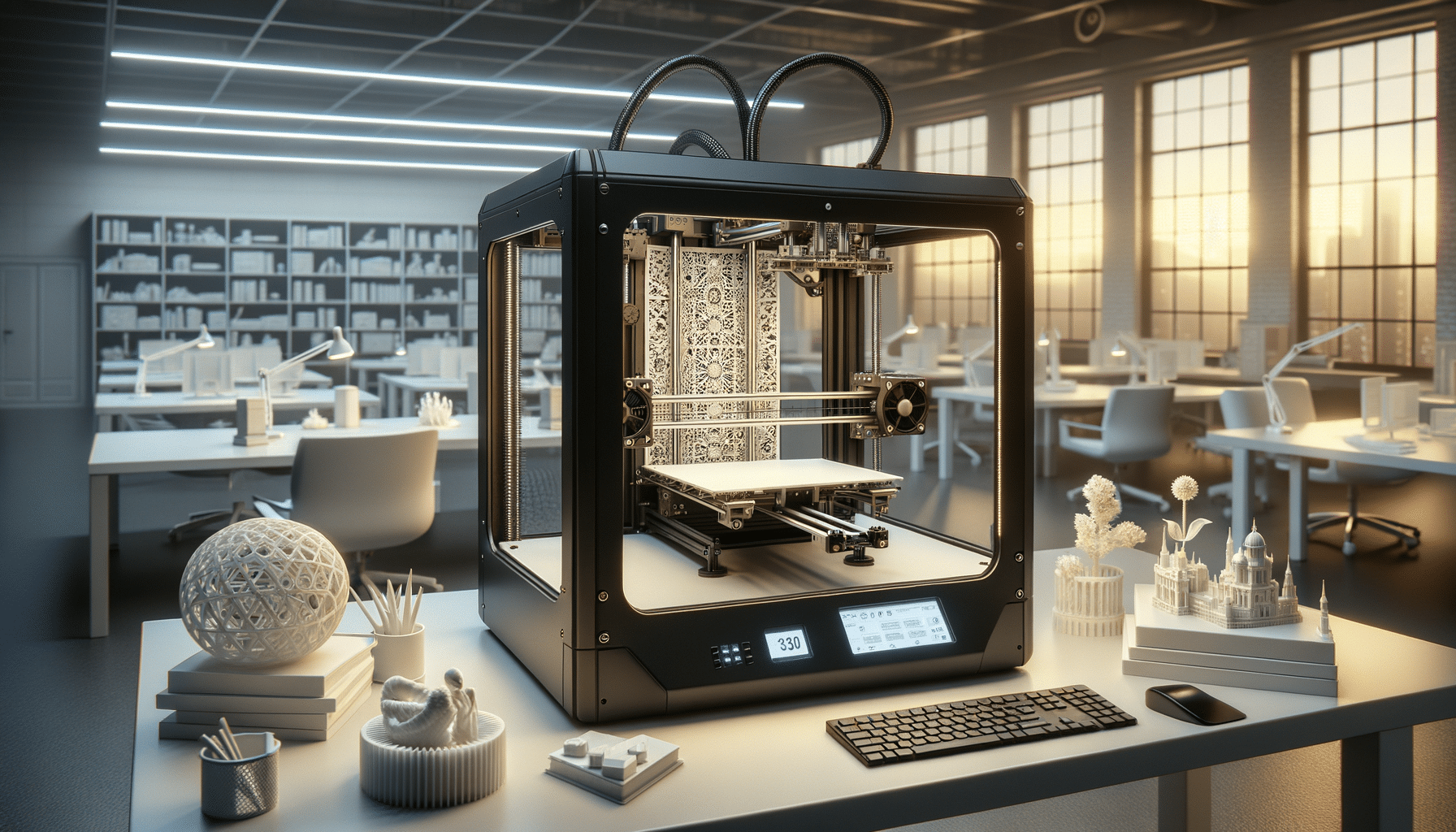
Choosing an Affordable Resin 3D Printer
Introduction to Resin 3D Printers
Resin 3D printers have revolutionized the world of additive manufacturing with their ability to produce high-resolution and intricate designs. Unlike traditional filament-based 3D printers, resin printers use a liquid photopolymer that hardens when exposed to a light source, typically a UV laser or LED. This technology allows for exceptional detail and smooth surfaces, making them a preferred choice for industries such as dentistry, jewelry, and model making.
While resin 3D printers were once considered a luxury due to their high cost, advancements in technology have made them more accessible to hobbyists and small businesses. This article explores the key factors to consider when choosing an affordable resin 3D printer, ensuring you make an informed decision that balances cost with quality.
Understanding Resin 3D Printing Technology
Resin 3D printing technology, also known as stereolithography (SLA) or digital light processing (DLP), operates on the principle of curing liquid resin layer by layer. The process begins with a digital 3D model, which is sliced into thin layers. Each layer is then projected onto the resin surface using a light source, hardening the material in the desired shape.
Two main types of resin 3D printers are commonly available:
- SLA Printers: These use a laser to trace each layer on the resin surface. SLA printers are known for their precision and are ideal for applications requiring high detail.
- DLP Printers: Instead of a laser, DLP printers use a digital projector to flash an entire layer at once. This method can be faster than SLA, especially for larger prints.
Understanding these technologies can help you decide which type of printer aligns with your project needs. Both offer unique advantages, and your choice will depend on factors such as speed, resolution, and budget.
Factors to Consider When Choosing a Resin 3D Printer
When selecting a resin 3D printer, several factors should be taken into account to ensure it meets your specific requirements:
- Resolution: The level of detail a printer can achieve is crucial, especially for intricate designs. Higher resolution printers produce smoother and more precise models.
- Build Volume: Consider the maximum size of the objects you plan to print. A larger build volume allows for bigger or multiple prints simultaneously.
- Printing Speed: Evaluate how quickly the printer can produce a model. DLP printers generally offer faster speeds compared to SLA printers.
- Cost of Resin: Resin can be expensive, so factor in the ongoing cost of materials. Some printers are compatible with third-party resins, which can be more affordable.
- User Interface and Software: A user-friendly interface and reliable software can significantly enhance the printing experience, especially for beginners.
- Customer Support and Community: Access to support and a community of users can be invaluable for troubleshooting and learning.
By considering these factors, you can find a resin 3D printer that provides a balance between affordability and functionality, ensuring it serves your creative or professional needs effectively.
Comparing Resin 3D Printers in the Market
The market for resin 3D printers has expanded significantly, offering a range of models that cater to different budgets and requirements. Here are a few considerations when comparing printers:
- Entry-Level Models: These are ideal for beginners or hobbyists looking to explore resin printing without a significant financial commitment. They offer basic features but can still produce quality prints.
- Mid-Range Options: These printers provide a good balance of features and price, often including better resolution, larger build volumes, and more robust software.
- High-End Printers: Typically used by professionals, these models offer the highest resolution, speed, and build quality. They are suited for those needing precise and detailed prints regularly.
When comparing models, it’s essential to read reviews and seek feedback from other users to understand the strengths and limitations of each printer. This research can guide you towards a model that aligns with your expectations and budget.
Conclusion: Making the Right Choice
Choosing an affordable resin 3D printer involves careful consideration of various factors, including technology, resolution, build volume, and cost. By understanding the nuances of SLA and DLP technologies and assessing your specific needs, you can select a printer that offers both quality and value.
Whether you’re a hobbyist eager to explore the world of 3D printing or a professional looking to enhance your production capabilities, there’s a resin 3D printer out there that fits your budget and requirements. As technology continues to evolve, these printers will likely become even more accessible, opening up new possibilities for creativity and innovation.


